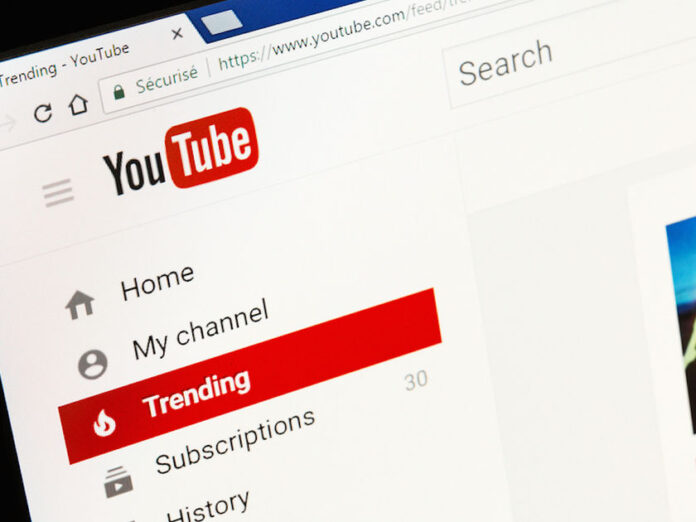As a content creator on YouTube, protecting your content from copyright infringement is crucial. With millions of users uploading videos every day, it’s important to understand the copyright laws and policies that govern the platform. In this comprehensive guide, we will explore the various challenges you may face when it comes to copyright on YouTube and provide you with practical strategies to safeguard your content.
Understanding Copyright on YouTube
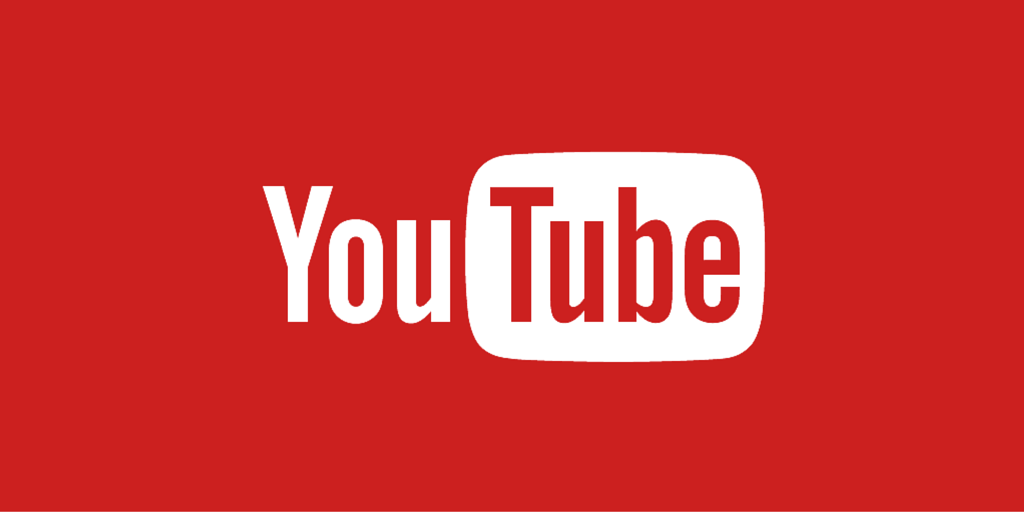
What is Copyright?
Copyright is a legal right that grants creators exclusive control over their original works, such as videos, music, images, and more. This means that others cannot use, reproduce, or distribute the copyrighted work without the owner’s permission. In the context of YouTube, copyright applies to any content you create, including the visuals, audio, and even the script.
YouTube’s Copyright Policies
YouTube takes copyright infringement seriously and has implemented a robust system to protect the rights of content creators. They have a Content ID system that scans uploaded videos for copyrighted material and allows copyright owners to automatically claim or monetize the content.
If your video contains copyrighted material, YouTube may take several actions, including muting the audio, blocking the video in certain regions, or even taking down the entire video. Repeat offenders may face penalties such as channel strikes, which could lead to the suspension or termination of your YouTube channel.
Avoiding Copyright Infringement
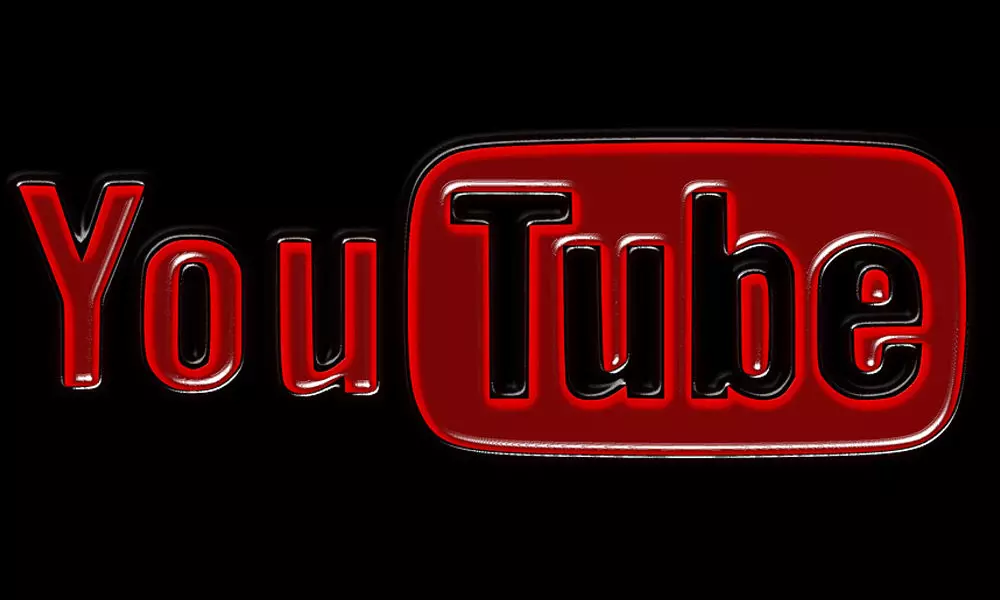
Create Original Content
The best way to avoid copyright issues on YouTube is by creating original content. By producing your own videos, music, and visuals, you eliminate the risk of using copyrighted materials without permission. Be creative and let your unique voice shine through your content.
Use Royalty-Free Music and Creative Commons Licensed Content
If you need to include music in your videos, it’s essential to use royalty-free music or tracks with appropriate licenses. Websites like YouTube Audio Library, Epidemic Sound, and SoundCloud offer a vast collection of royalty-free music that you can use in your videos without worrying about copyright claims.
Additionally, you can search for Creative Commons licensed content on platforms like Flickr and Pixabay to find images and videos that you can use in your projects. Just make sure to read and comply with the specific license terms, such as giving proper attribution when required.
Obtain Permission and Licenses
If you want to use copyrighted material in your videos, such as a snippet of a song or a clip from a movie, it’s best to obtain permission from the copyright owner. This can be done by reaching out to the rights holder directly or using licensing platforms like Creative Commons or royalty-free music libraries.
Remember, obtaining permission may come with certain conditions or fees, so make sure to clarify the terms before using the copyrighted material in your content.
Understanding Fair Use
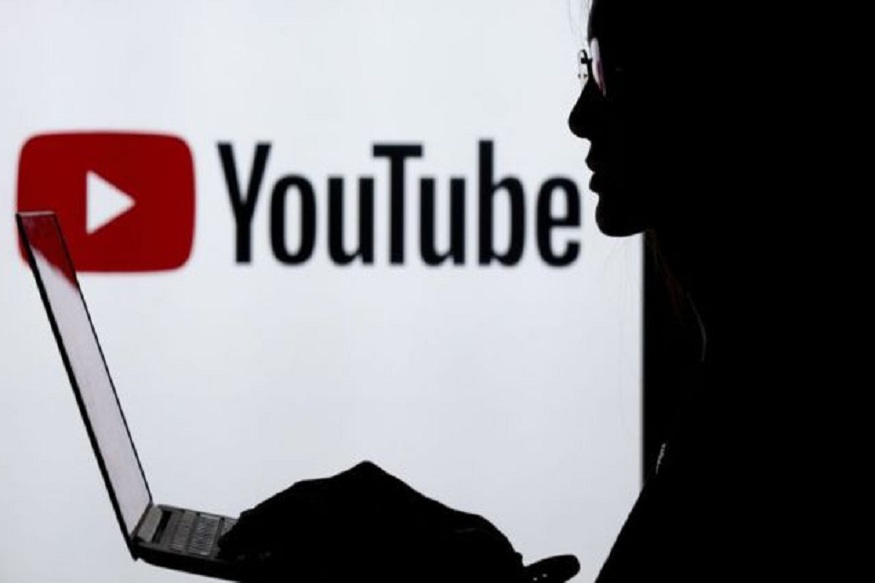
What is Fair Use?
Fair use is a legal doctrine that allows limited use of copyrighted material without permission from the copyright owner. It is intended to promote creativity, commentary, criticism, and education. However, fair use is a complex and subjective concept, and its interpretation can vary depending on the jurisdiction.
To determine whether your use of copyrighted material qualifies as fair use, courts usually consider the following factors:
- Purpose and Character: Is the use transformative, adding new meaning or context to the original work? Non-profit, educational, and transformative uses are more likely to be considered fair use.
- Nature of the Copyrighted Work: Is the copyrighted work factual or creative? The fair use defense is stronger for using factual works.
- Amount and Substantiality: How much of the copyrighted work is being used? Using a small portion of the work is more likely to be considered fair use.
- Effect on the Market: Will your use of the copyrighted material harm the market value of the original work? If your use competes with or substitutes the original work, it is less likely to be considered fair use.
Applying Fair Use on YouTube
When it comes to fair use on YouTube, the platform does not have an official fair use policy. Instead, they encourage copyright owners and users to resolve disputes through the Content ID system or the manual copyright claim process.
If you believe your use of copyrighted material qualifies as fair use, you can dispute a copyright claim by providing a detailed explanation of how your use falls under fair use guidelines. However, it’s important to note that YouTube’s decision may not always align with your interpretation of fair use, and you may need to seek legal advice if necessary.
Protecting Your Content on YouTube
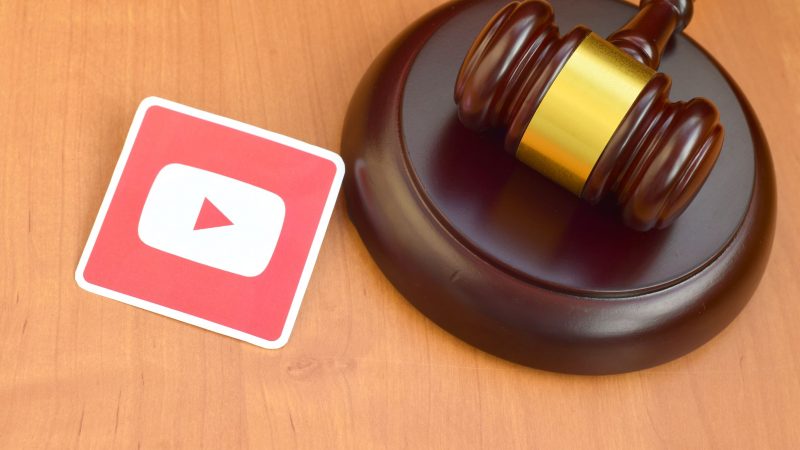
Register Your Copyright
While copyright protection is automatic upon creation, registering your work with the relevant copyright office provides additional legal benefits. In the United States, you can register your copyright with the U.S. Copyright Office. Registration strengthens your claim and allows you to take legal action against infringers.
Watermark and Brand Your Content
Adding a visible watermark or branding to your videos can deter others from stealing or reuploading your content. Watermarks can be your logo, channel name, or any other identifying mark that makes it clear that the content belongs to you. This can also help in establishing your brand identity and increasing brand recognition.
Monitor and Enforce Your Rights
Regularly monitor your content on YouTube to detect any unauthorized use. Set up alerts or use third-party tools to track instances of potential infringement. If you find unauthorized copies of your content, you can file a copyright takedown notice through YouTube’s Copyright Complaint Process. Provide the necessary information, such as the URLs of the infringing videos and your copyright registration details, to expedite the takedown process.
Utilize YouTube’s Copyright Tools
YouTube provides various copyright management tools to help protect your content. The Content ID system allows copyright owners to identify and manage their content on YouTube. You can upload reference files to the Content ID system, which will then scan uploaded videos for matching content. This allows you to choose whether to block, monetize, or track the usage of the identified content.
Additionally, YouTube’s Copyright Match tool helps you find reuploads of your original content. When a matching video is found, you can choose to take actions such as contacting the uploader or submitting a copyright takedown request.
Dealing with Copyright Claims
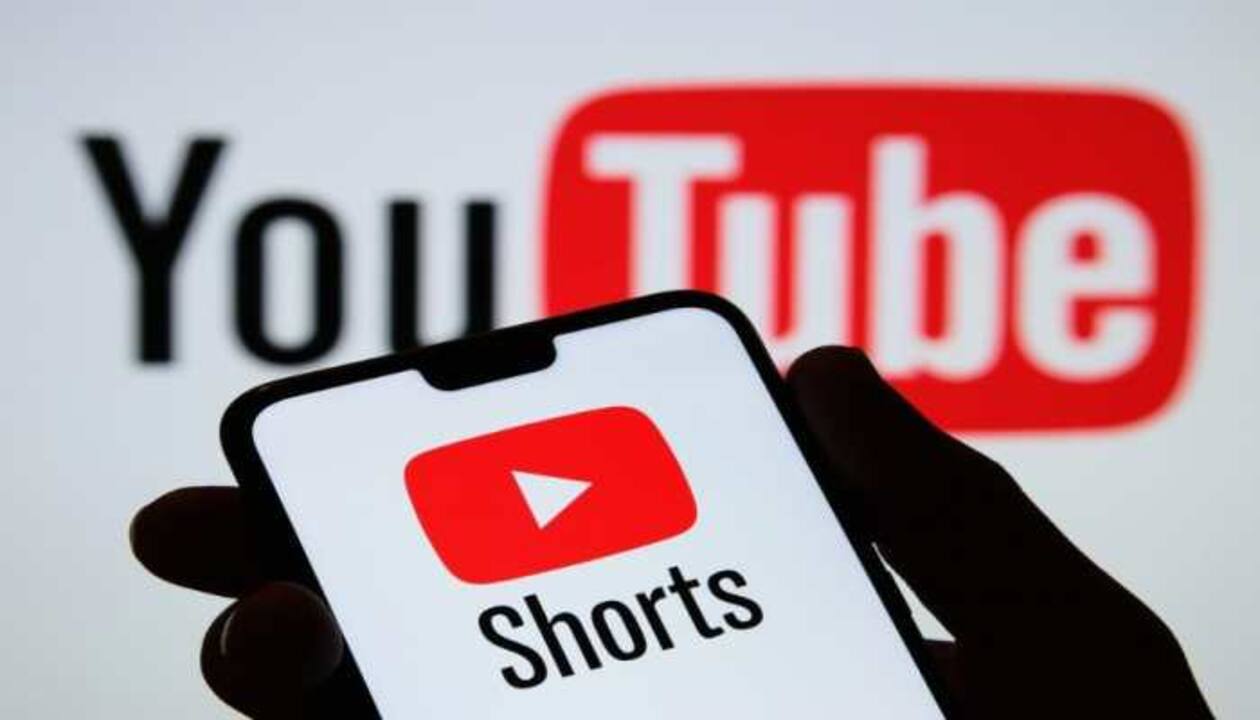
Responding to Copyright Claims
If you receive a copyright claim on one of your videos, it’s important to respond promptly. You have several options to consider:
- Acknowledge the Claim: If you agree with the copyright claim, you can choose to acknowledge it. This may result in the video being monetized by the copyright owner, with revenue shared between both parties.
- Dispute the Claim: If you believe the copyright claim is incorrect or that your use of the copyrighted material falls under fair use, you can dispute the claim. Provide a detailed explanation of your reasons for disputing the claim and submit the necessary supporting evidence.
- Request Permission: If you want to use the copyrighted material in your video and haven’t obtained permission, you can reach out to the copyright owner to request a license or permission to use the content. This can lead to a resolution without resorting to a dispute.
Handling Copyright Strikes
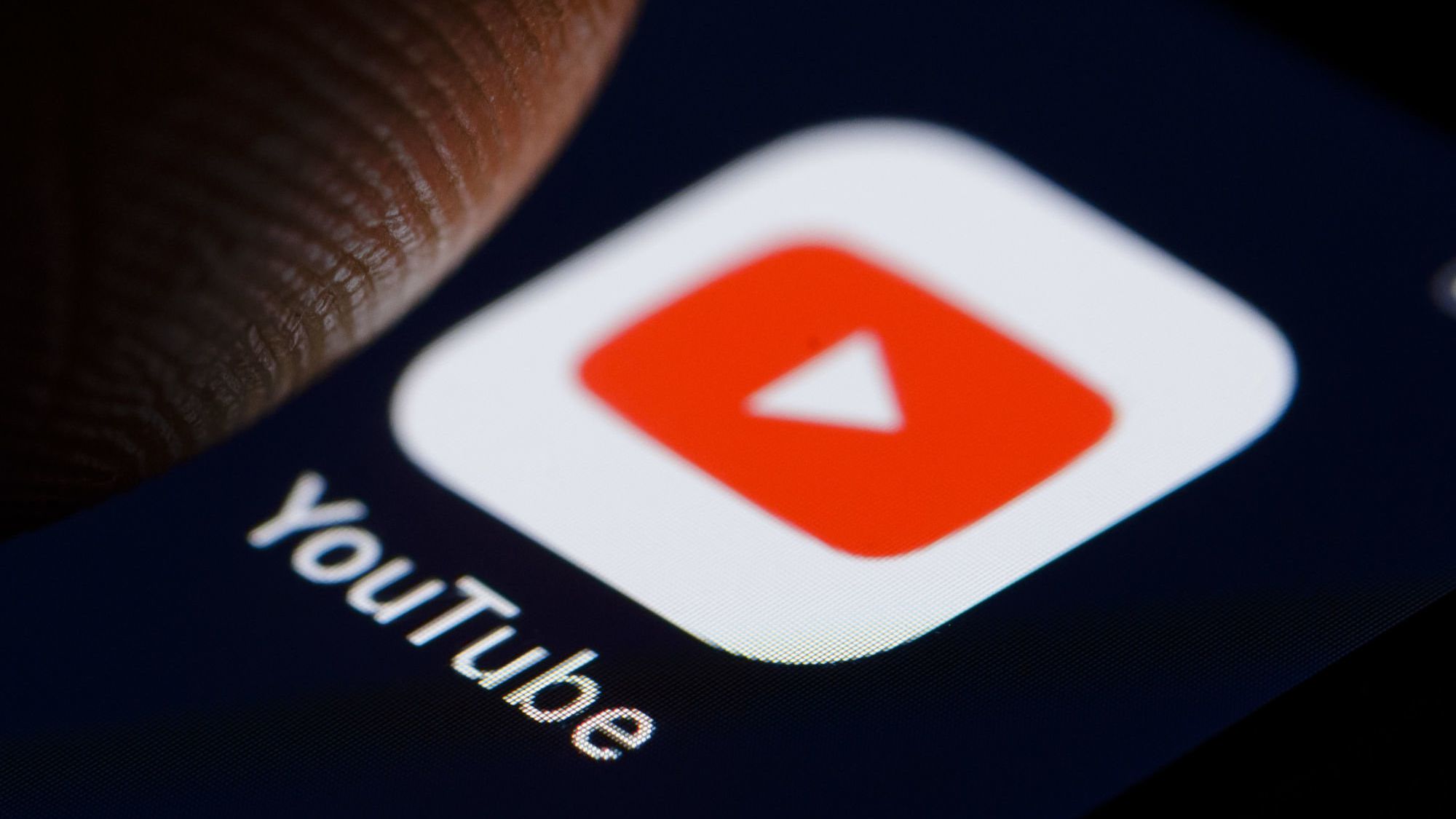
If a copyright claim escalates to a copyright strike, it means YouTube has determined that your video infringes someone else’s copyright. Copyright strikes can have serious consequences, including penalties such as video takedowns, channel strikes, or channel termination.
To avoid copyright strikes, it’s crucial to review and understand YouTube’s copyright policies, use copyrighted material responsibly, and take immediate action if you receive a copyright claim. Multiple copyright strikes within a specific timeframe can result in the permanent termination of your YouTube channel.
Conclusion
Navigating copyright challenges on YouTube is an essential part of protecting your content and ensuring compliance with copyright laws. By creating original content, understanding fair use, and utilizing YouTube’s copyright management tools, you can safeguard your work and maintain a positive presence on the platform.
Remember, staying informed about copyright laws and maintaining open communication with copyright owners are key elements in building a successful and copyright-compliant YouTube channel. To ensure you’re safe and sound, you can always turn to YouTube’s trusted partners, such as AIR Media-Tech that offers a selection of services and tools aimed at helping you not only avoid and deal with copyright claims but also guarantee your own rights as a content creator.
Protect your content, respect the rights of others, and continue to create engaging and original videos for your audience to enjoy.

